The Lenovo Legion Go S: A Handheld PC Review
Handheld gaming PCs have surged in popularity, largely thanks to the Steam Deck. Lenovo's Legion Go S aims to compete, offering a more streamlined design than its predecessor. Unlike the original Legion Go's modular controllers and numerous buttons, the Go S boasts a unibody design, closer in aesthetic to the Asus ROG Ally. A SteamOS version is slated for later this year, a first for a non-Valve handheld, but this review focuses on the Windows 11 model. However, at its $729 price point, the Lenovo Legion Go S struggles to justify its cost against the competition.
Lenovo Legion Go S – Image Gallery
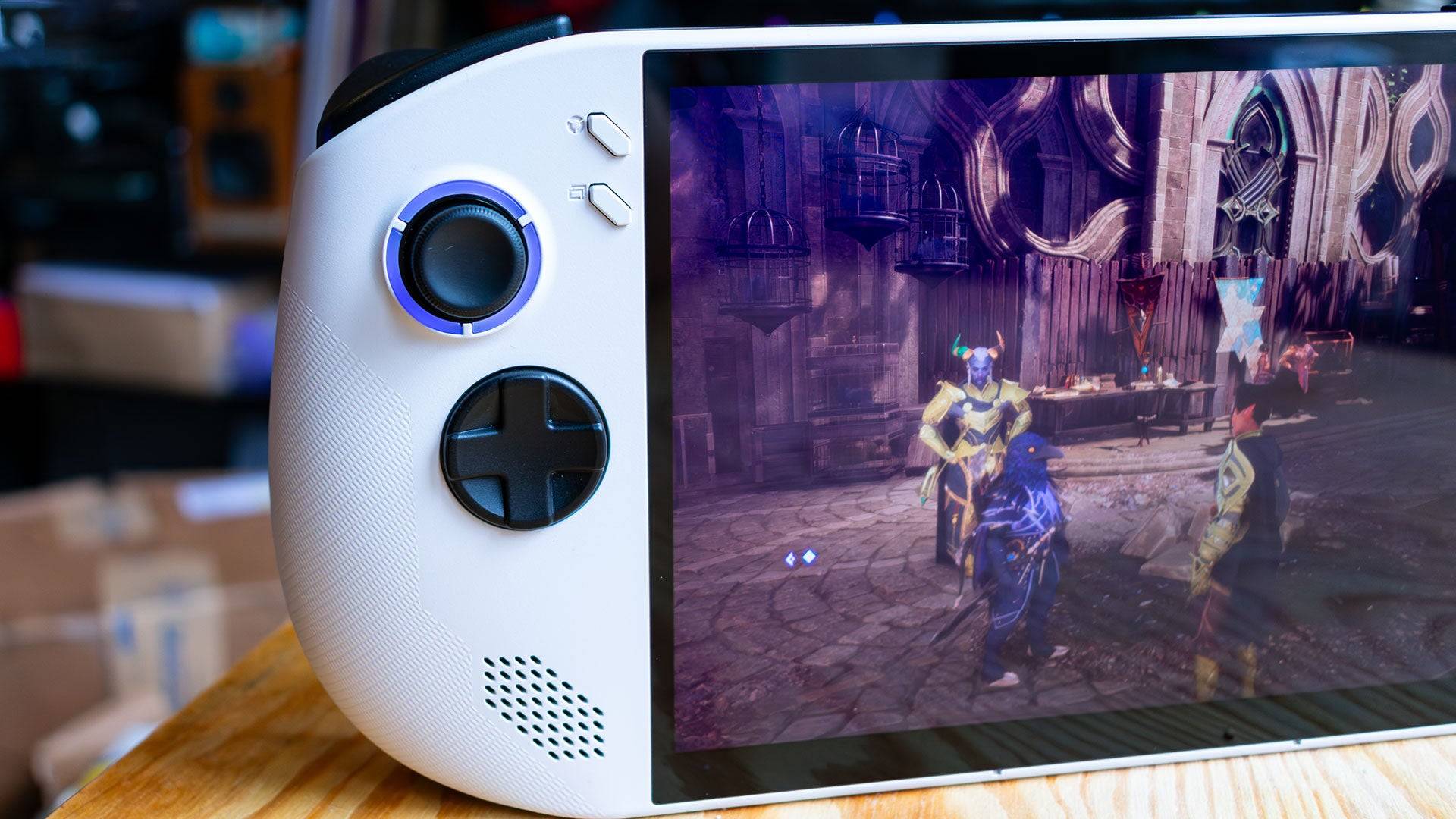
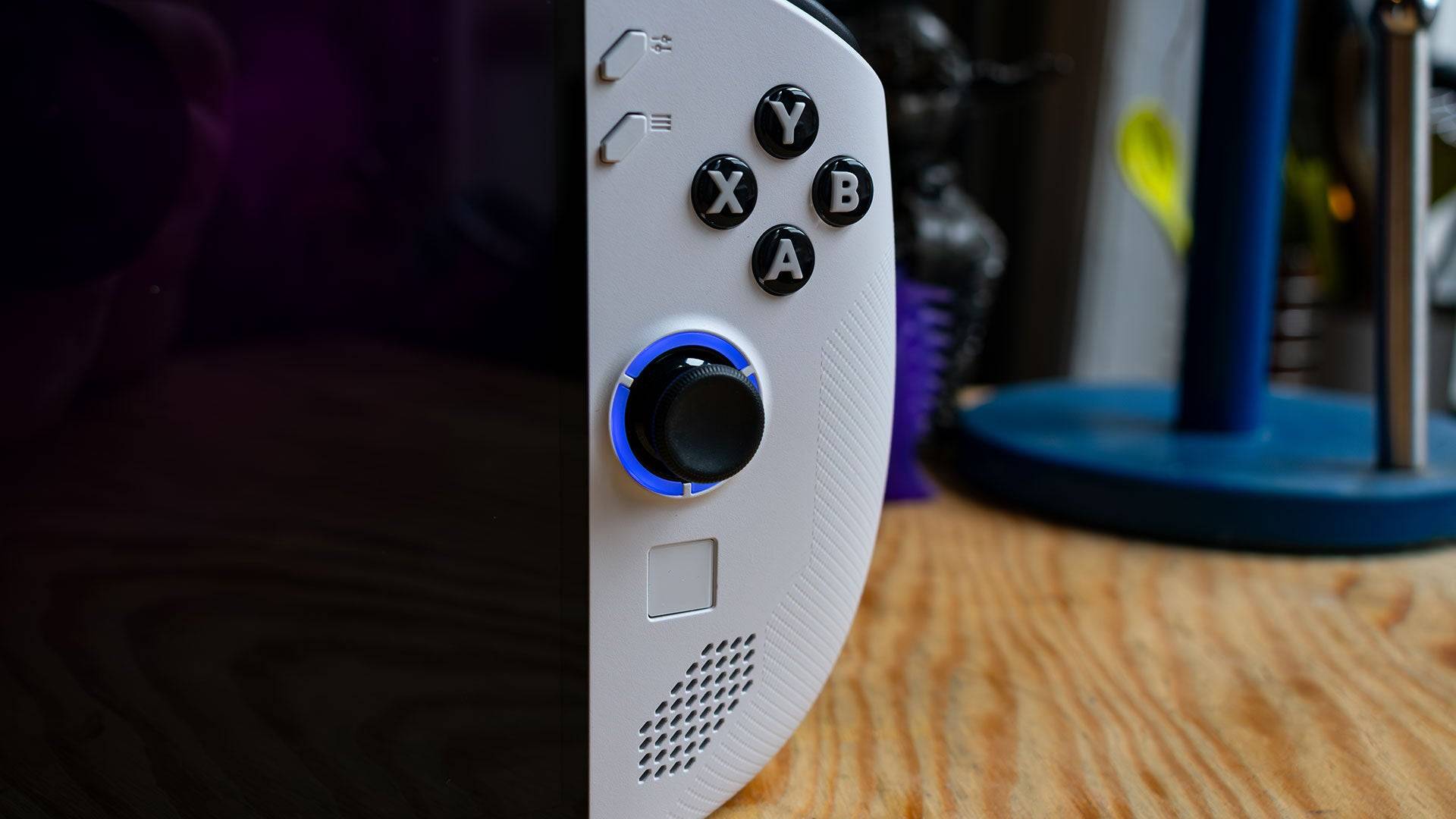 7 Images
7 Images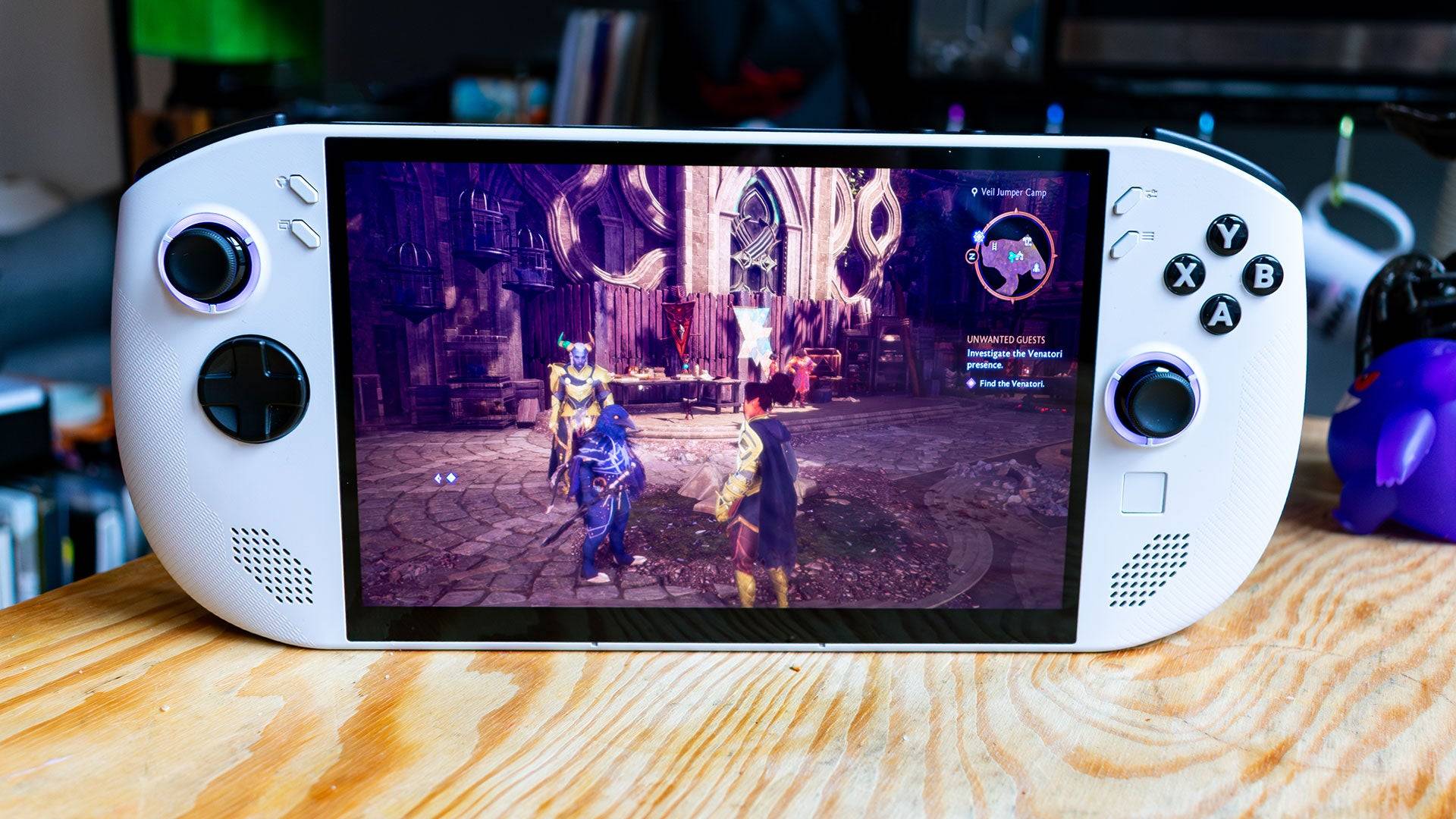
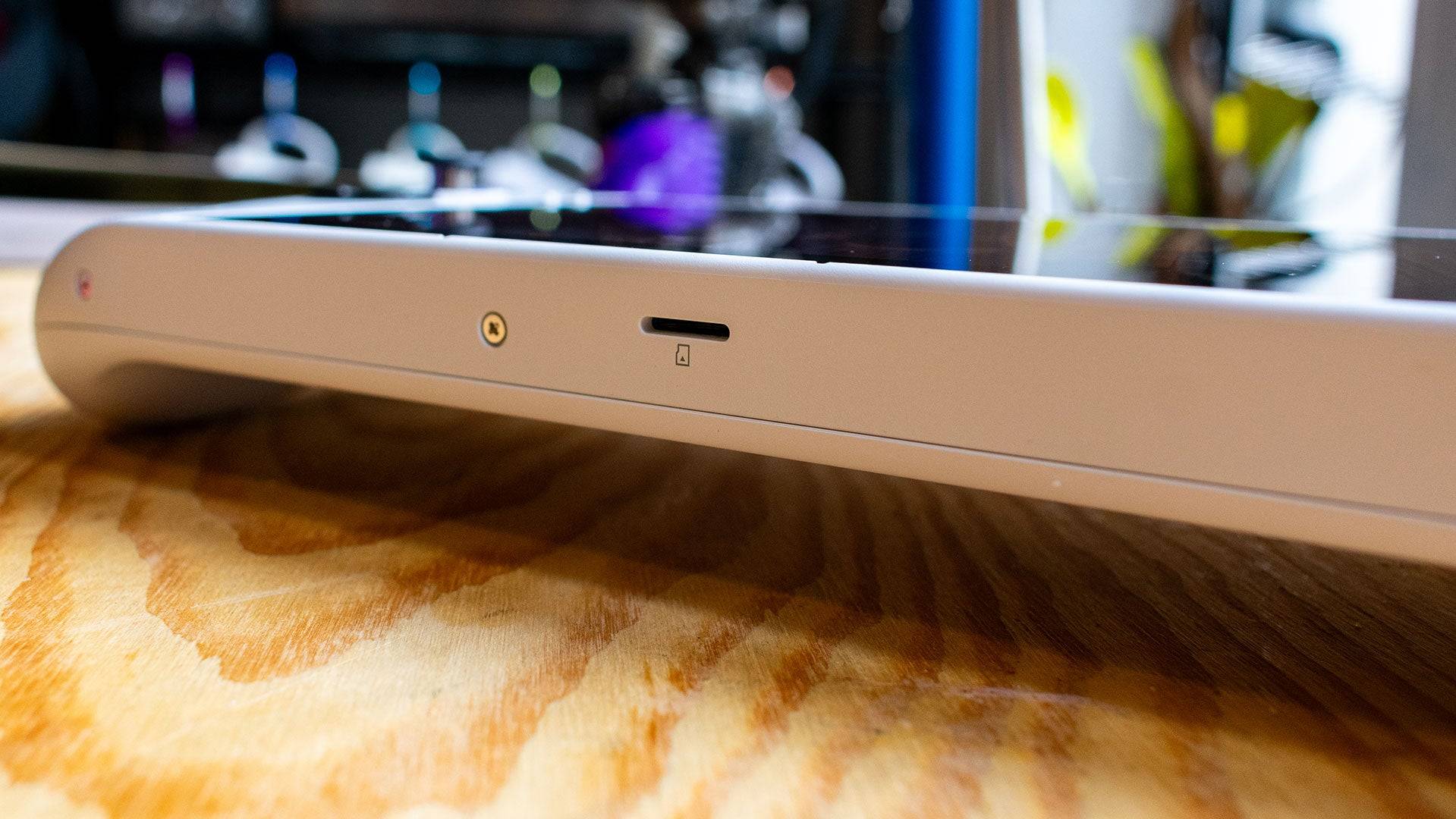
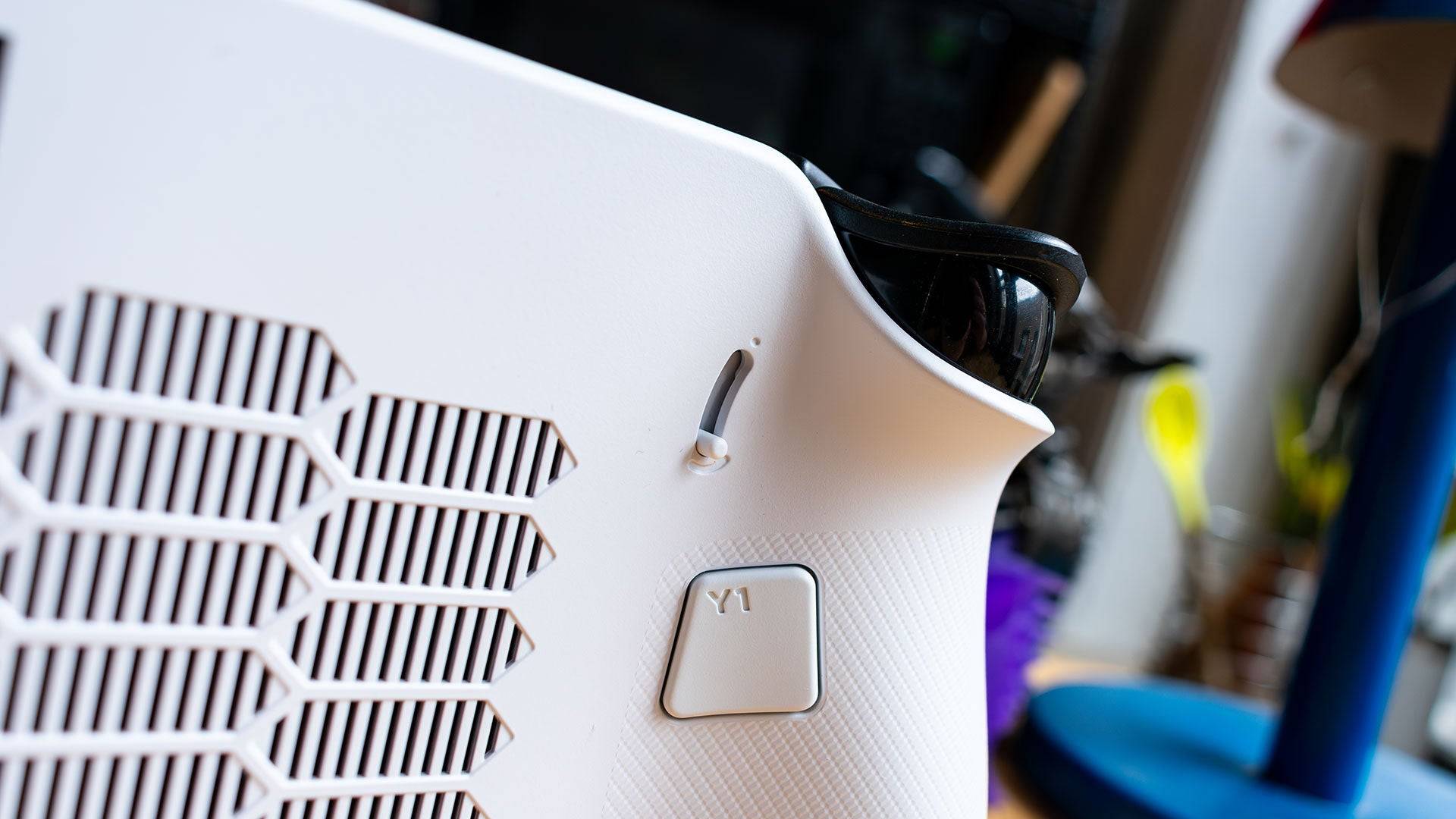

Lenovo Legion Go S – Design and Features
The Legion Go S's unibody design is comfortable, despite its 1.61-pound weight (heavier than the Asus ROG Ally X). Its 8-inch, 1200p IPS display is stunning, rivaling even the Steam Deck's OLED in visual quality. Available in Glacier White and Nebula Nocturne (the latter exclusive to the SteamOS version), it features RGB lighting around the joysticks.
The button layout is more intuitive than the original Legion Go, though the placement of Lenovo's custom menu buttons above the standard 'Start' and 'Select' buttons requires adjustment. These menu buttons, however, offer quick access to system settings and shortcuts.
The touchpad, significantly smaller than its predecessor's, makes Windows navigation less convenient. The left-side button launches LegionSpace software for system management, while the rear features clickable paddle buttons with adjustable trigger travel (though limited to two settings). Dual USB 4 ports are located on top, while the microSD card slot is awkwardly positioned on the bottom.
Purchasing Guide
The reviewed model ($729.99) includes a Z2 Go APU, 32GB LPDDR5 RAM, and a 1TB SSD. A more affordable 16GB RAM/512GB SSD version will launch in May for $599.99.
Lenovo Legion Go S – Performance
Powered by the AMD Z2 Go APU (a Zen 3 processor with 4 cores/8 threads and an RDNA 2 GPU with 12 cores), performance lags behind competitors like the original Legion Go and the Asus ROG Ally X. Battery life, at 4 hours and 29 minutes (PCMark10), is surprisingly shorter than the original Legion Go despite the weaker chipset.
3DMark benchmarks reveal significant performance deficits compared to rivals. Gaming performance is more competitive, though still requiring lower settings (800p, Medium) for optimal frame rates in AAA titles. While less demanding games run smoothly, more demanding titles like Horizon Forbidden West struggled even at low settings.
Value Proposition
The $729 price tag for the 32GB RAM model is puzzling, especially considering the weaker APU and lower resolution display. The excess RAM is largely unnecessary for most handheld gaming scenarios. The May release of the $599 16GB RAM version significantly improves its value proposition.
Conclusion
The Lenovo Legion Go S's gorgeous display and comfortable design are overshadowed by its underwhelming performance and high price (for the 32GB model). The upcoming 16GB RAM version offers a much more compelling value, making it a worthwhile consideration for budget-conscious gamers.
AnswerSee Results







